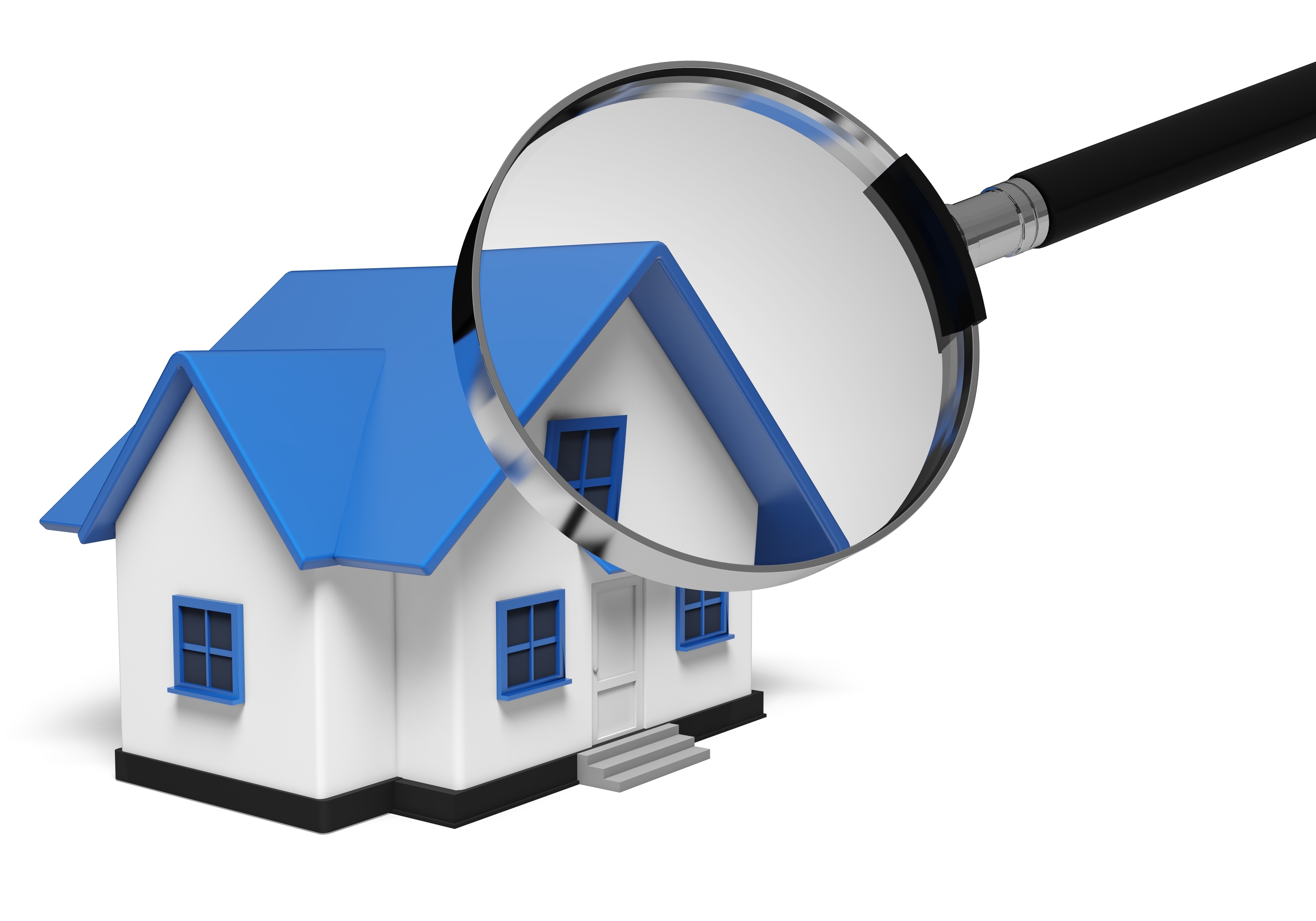
Real Property Appraisals: A PrimerA home purchase is the most important investment most will ever consider. Whether it's a main residence, an additional vacation home or a rental fixer upper, the purchase of real property is a detailed financial transaction that requires multiple parties to pull it all off. You're likely to be familiar with the parties having a role in the transaction. The most known person in the transaction is the real estate agent. Then, the bank provides the money needed to fund the deal. And ensuring all details of the exchange are completed and that a clear title transfers from the seller to the purchaser is the title company. So, what party makes sure the value of the property is in line with the purchase price? This is where the appraiser comes in. We provide an unbiased opinion of what a buyer might expect to pay — or a seller receive — for a property, where both buyer and seller are informed parties. A licensed, certified, professional appraiser from Statewide Appraisal Services will ensure, you as an interested party, are informed. Appraisals start with the home inspectionOur first duty at Statewide Appraisal Services is to inspect the property to determine its true status. We must physically see aspects of the property, such as the number of bedrooms and bathrooms, the location, living areas, etc, to ensure they truly are there and are in the shape a typical buyer would expect them to be. To make sure the stated square footage is accurate and illustrate the layout of the house, the inspection often includes creating a sketch of the floorplan. Most importantly, the appraiser identifies any obvious features - or defects - that would have an impact on the value of the property. Back at the office, an appraiser uses two or three approaches to determining the value of the property: sales comparison and, in the case of a rental property, an income approach. 
Replacement CostThis is where we use information on local building costs, the cost of labor and other elements to determine how much it would cost to replace the property being appraised. This figure often sets the maximum on what a property would sell for. It's also the least used predictor of value. 
Paired Sales AnalysisAppraisers get to know the neighborhoods in which they work. They innately understand the value of particular features to the residents of that area. Then, the appraiser looks up recent transactions in the neighborhood and finds properties which are 'comparable' to the home being appraised. Using knowledge of the value of certain items such as square footage, additional bathrooms, hardwood floors, fireplaces or view lots (just to name a few), we adjust the comparable properties so that they are more accurately in line with the features of subject.
After all differences have been accounted for, the appraiser reconciles the adjusted sales prices of all the comps and then derives an opinion of what the subject could sell for. When it comes to associating a value with features of homes in Harrodsburg and Mercer, Statewide Appraisal Services is second to none. This approach to value is commonly awarded the most importance when an appraisal is for a real estate purchase. Valuation Using the Income ApproachIn the case of income producing properties - rental houses for example - the appraiser may use a third method of valuing a property. In this scenario, the amount of revenue the real estate generates is factored in with other rents in the area for comparable properties to derive the current value. ReconciliationExamining the data from all approaches, the appraiser is then ready to state an estimated market value for the property in question. The estimate of value at the bottom of the appraisal report is not always what's being paid for the property even though it is likely the best indication of what a property is worth. There are always mitigating factors such as the seller's desire to get out of the property, urgency or 'bidding wars' that may adjust an offer or listing price up or down. Regardless, the appraised value is typically used as a guideline for lenders who don't want to loan a buyer more money than the property is actually worth. The bottom line is, an appraiser from Statewide Appraisal Services will help you discover the most fair and balanced property value, so you can make profitable real estate decisions. |